A review of Under Heaven by Guy Gavriel Kay
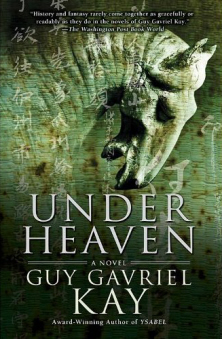
Under Heaven, by Guy Gavriel Kay
Roc (592 pages, $26.95, April 2010)
We don’t have that many rituals in our home. One is the creeping countdown to Guy Gavriel Kay’s newest novel. I am always a little sad when it finally comes, though, because it means years before I will see his next one.
If you liked Tigana or The Sarantine Mosaic, you will like Under Heaven. If you have not read Kay before, then do. But don’t start with Under Heaven. It’s one of his best, but you’ll want to save it for last.
Start with Tigana, then maybe A Song for Arbonne and The Lions of Al-Rassan. Jump to The Last Light of the Sun (or skip it entirely) and then go back for the two volume The Sarantine Mosaic (his second best). Then, and only then, should you read Under Heaven*.
Kay’s efforts have definitely improved with time. A big part of that is no two stories are in the same place, or use the same characters. I recently whipped through Jim Butchers’ twelfth Dresden installment, and am eager to read the upcoming sixth Temeraire dragon novel by Naomi Novik. Both series are fun, likely lucrative, and the authors pump out new adventures every year or two. But I sometimes wonder if they and other fantasy series novelists are a little jealous of GGK’s apparent freedom to always work on new ideas.
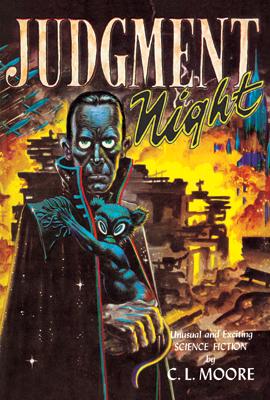 Famed with her husband Henry Kuttner for turning out superlatively compelling and complex stories for the pulps, both jointly and singly, Catherine Moore began writing in 1933.
Famed with her husband Henry Kuttner for turning out superlatively compelling and complex stories for the pulps, both jointly and singly, Catherine Moore began writing in 1933.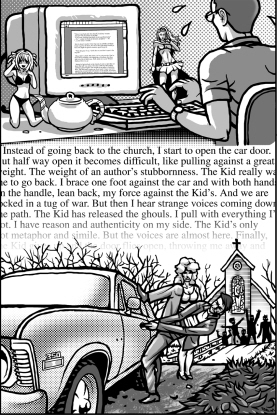 It’s hard to be a modern hero. Especially when the author can’t make up his mind.
It’s hard to be a modern hero. Especially when the author can’t make up his mind.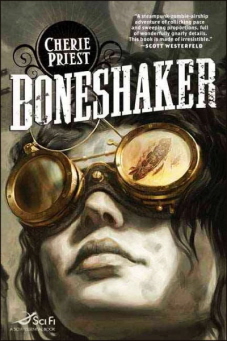 The 2010 Locus Awards winners were announced today, at the annual Science Fiction Awards Weekend in Seattle. The winners include:
The 2010 Locus Awards winners were announced today, at the annual Science Fiction Awards Weekend in Seattle. The winners include: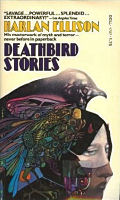

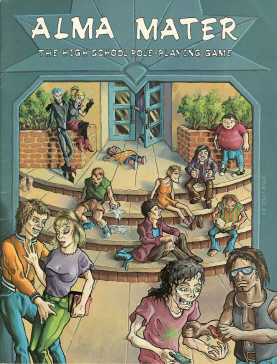 Over at
Over at 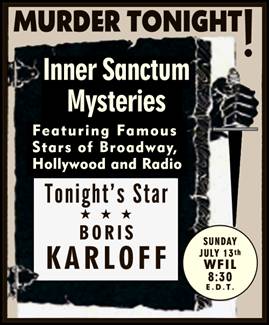 I’ve always been most terrified by the stuff I’ve never even seen. I’ve screamed my way through ghost hunting expeditions having never once actually laid eyes on an apparition of any kind. Jaws is one of my favorite movies, mainly for the scenes when you know the shark is somewhere just outside your line of sight, and I have read books that have made me afraid to have any part of me not under the covers once I’m in bed, for days on end.
I’ve always been most terrified by the stuff I’ve never even seen. I’ve screamed my way through ghost hunting expeditions having never once actually laid eyes on an apparition of any kind. Jaws is one of my favorite movies, mainly for the scenes when you know the shark is somewhere just outside your line of sight, and I have read books that have made me afraid to have any part of me not under the covers once I’m in bed, for days on end.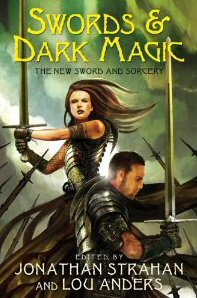 It isn’t often we see a new Sword & Sorcery anthology, especially one from a major publisher.
It isn’t often we see a new Sword & Sorcery anthology, especially one from a major publisher.
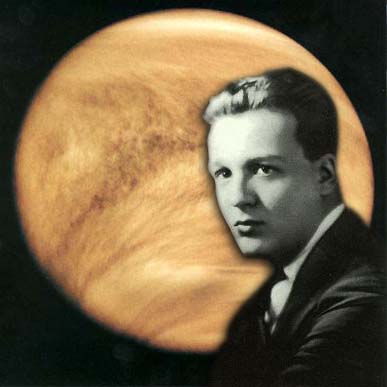 Last week, our esteemed editor John O’Neill posted
Last week, our esteemed editor John O’Neill posted